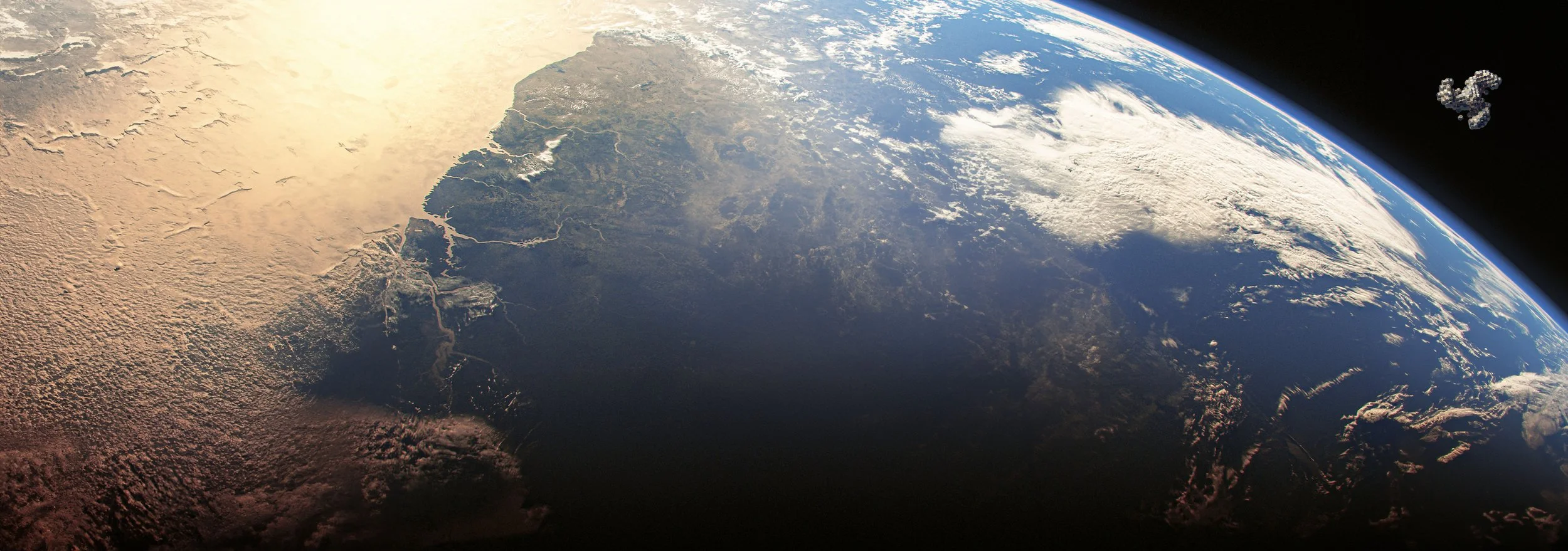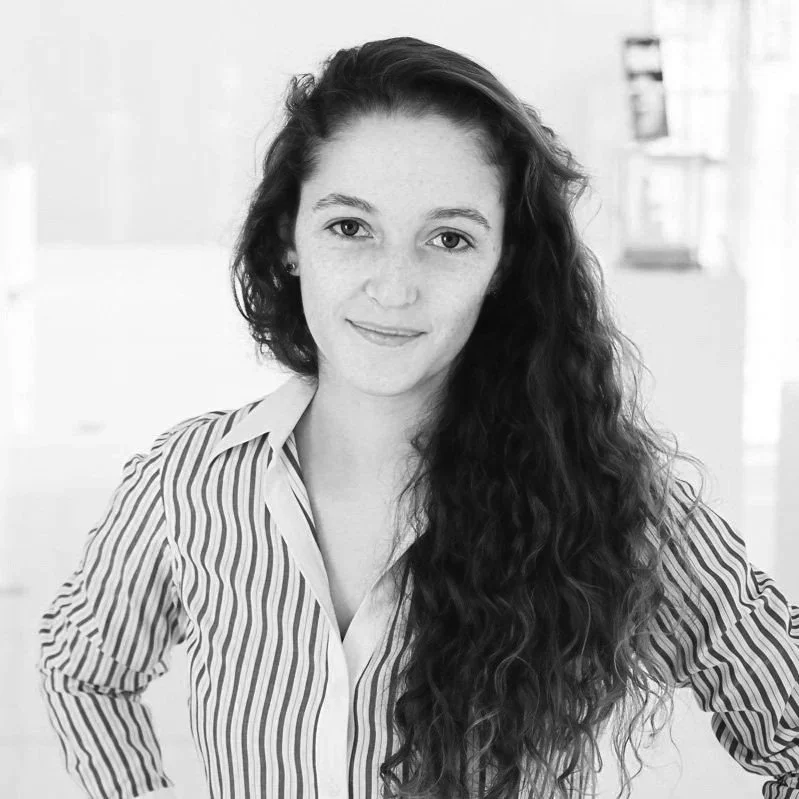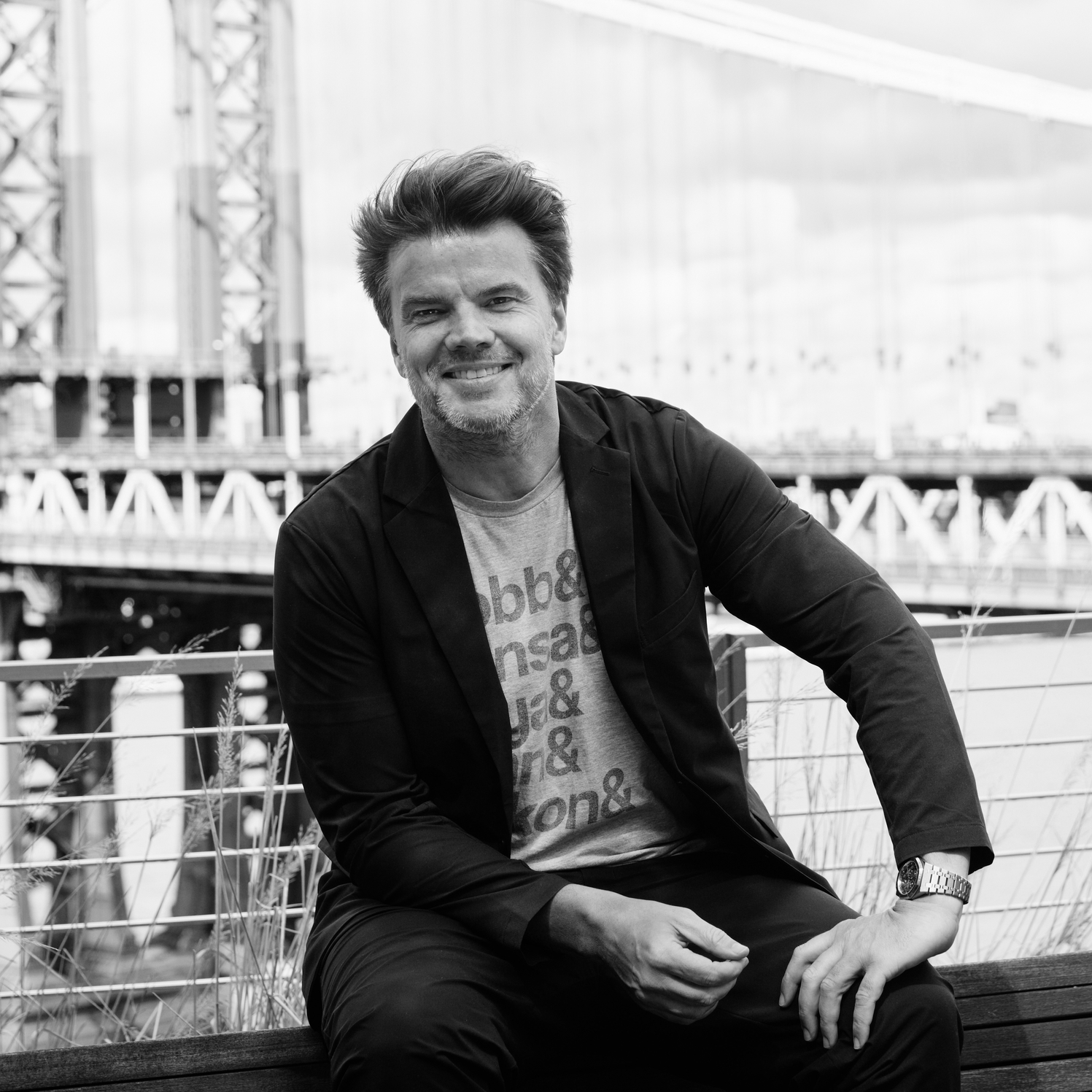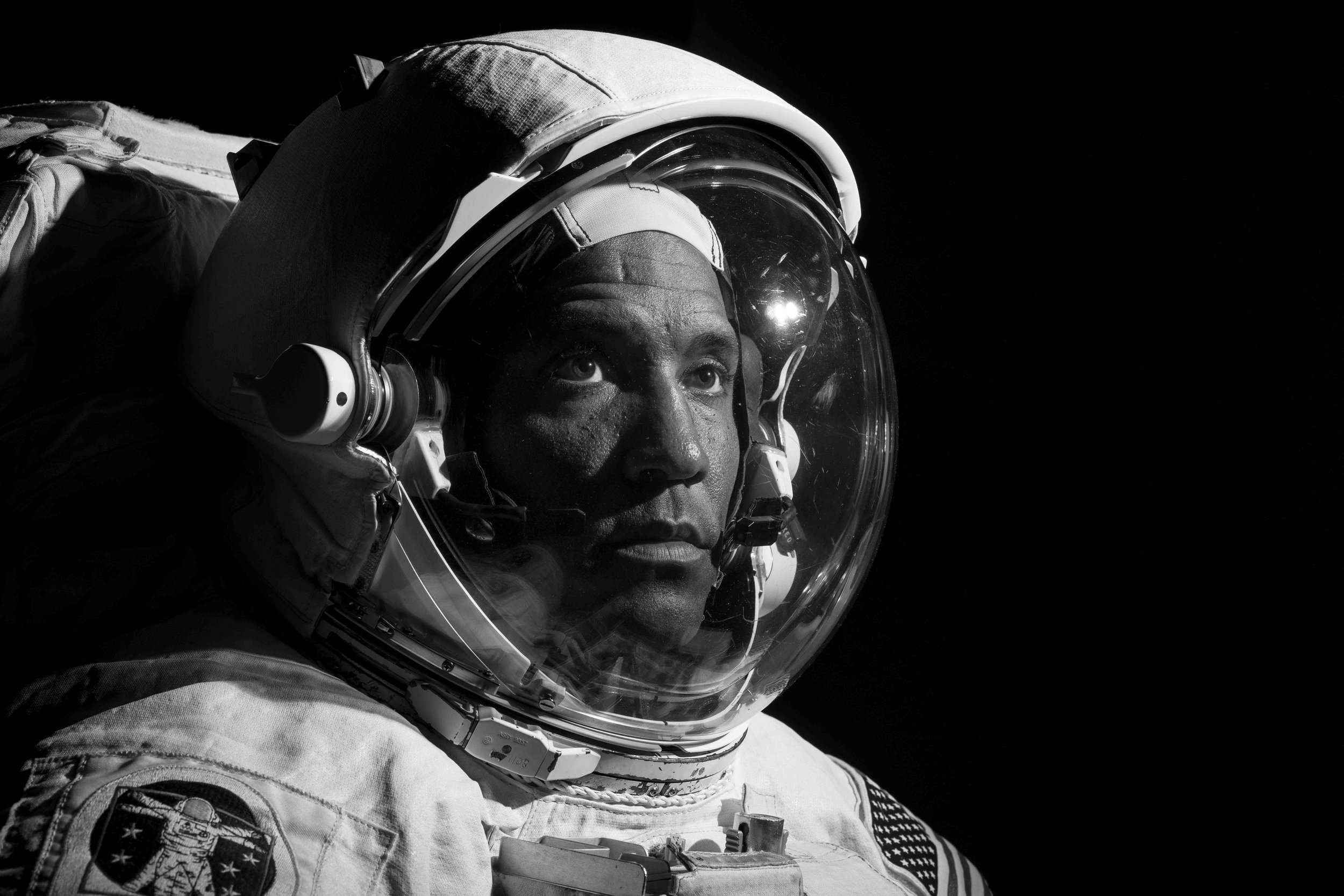ACADEMY
Aurelia Prize in Design for Space Urbanism
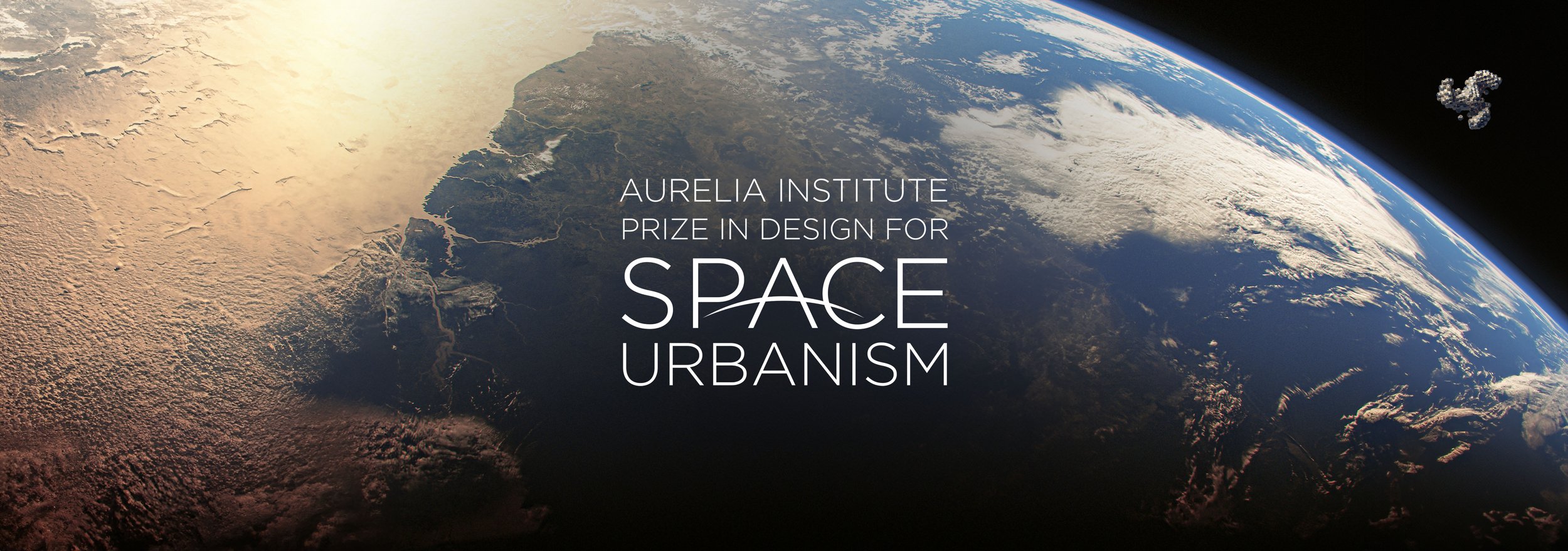
How can we design future space stations, lunar settlements, and orbital industries to make space work for humanity?
Aurelia Institute has announced the launch of a new prize competition in Design for Space Urbanism. Entries are welcome by anyone over the age of 18 for submissions of a design for a space station, habitat, or industrial facility either in orbit around Earth, on or around the Moon, or at a Lagrange point.
“As we approach the post-ISS era and start to plan in earnest for near and far futures where hundreds and even thousands of people visit, work, or live off-planet, it’s time to start designing for the practical realities of a spacefaring society,” says CEO Ariel Ekblaw. “Aurelia Institute is excited to invite submissions from anyone with a thoughtful vision for what that future will look like.”
Inspired by the 50th anniversary of the 1975 NASA Summer Study, the inaugural Aurelia Prize in Design for Space Urbanism is centered on habitat and industrial designs that consider utility, comfort, and efficiency in the space environment.
The winner[s] will receive a cash award of up to $20,000 and an invitation to present at Aurelia Institute’s Beyond the Cradle conference at MIT in April 2026. See submission criteria and prize details below.
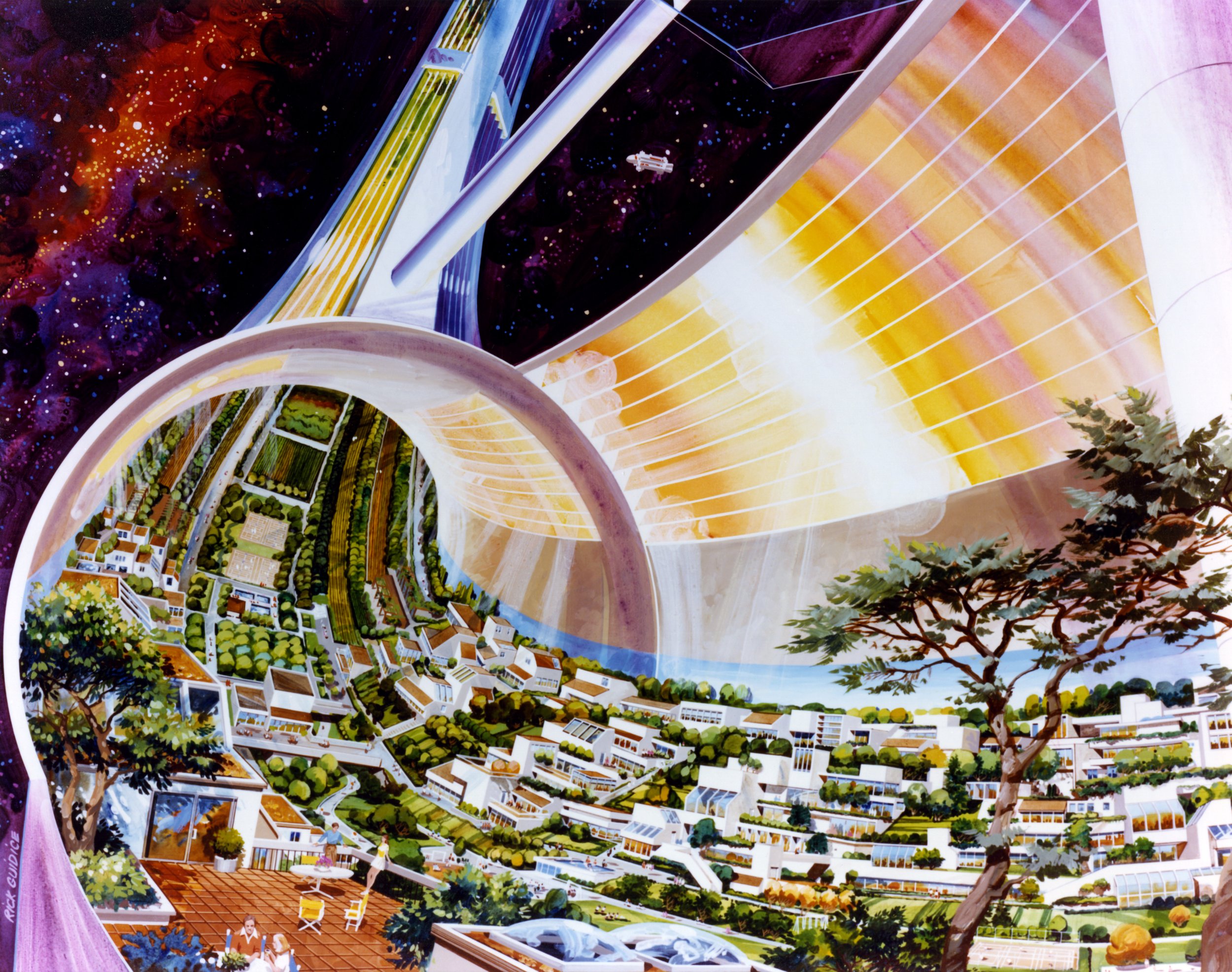
Carrying forward the vision of the 1975 NASA Summer Study
In 1975, the NASA Summer Study brought together agency and academic experts to develop an ambitious, aspirational, and technically rigorous plan for space-based, urban-scale human settlement in the near neighborhood of Earth. The 10-week study resulted in technical papers, artists’ renderings, and bold but well-considered concepts for settlements that relied on artificial gravity (and other concepts) to create a habitable environment at scale.
To mark the 50th anniversary of the Summer Study, Aurelia Institute invites designers, engineers, and architects to join us in proposing a bold vision for the future of space urbanism. Imagine our near-space neighborhood over the next 10-20 years. Has artificial gravity become a viable solution for long-term space habitation? What facilities do orbiting space stations feature to help keep populations of a hundred or more individuals healthy and comfortable? Have mining operations commenced on the lunar south pole? Which “heavy industries” from Earth have we taken off-world, as we strive to help Earth become a garden planet?
Submit a design for your idea of a functioning space station, lunar habitat, or industrial facility to showcase your vision for the start of a viable space urbanism.
Competition & Prize Details
Who can enter
The Aurelia Prize in Design for Space Urbanism is open to individuals globally over the age of 18. Submissions must meet the following criteria:
Materials must be submitted in English.
You must include your name and email address with the submission.
Any use of AI in any part of the design or description must be clearly identified (note the tool, prompts, and results).
Individuals may submit designs in groups of up to three; in such cases, all team members must include their names and email addresses in the submission.
Submission instructions
Submissions to the Prize can be in one of three categories:
A space station in LEO (Low Earth Orbit) or at a Lagrange point that is physics-credible
A space habitat around the Moon or on the lunar surface
An automated industrial facility (mining, biotech, energy, etc.) in LEO, on or around the Moon, or at a Lagrange point
Submissions must include the following:
One hero image of a design concept; this can be hand-drawn, photography, or a render.
Up to four additional images to showcase specific features or details of your design.
A brief (300 words or less) description of your design: what it is, who or what it’s for, how it’s envisioned to work, and what makes it unique and particularly critical for the future of space urbanism.
Submit your design by filling out this form.
The submission deadline is 5pm ET on Friday, January 30, 2026.
Semi-finalists will be notified by February 16, and asked to submit a brief second-stage follow-up via video.
Selection criteria and judging
A panel of world-leading designers, architects, astronauts, and engineers will judge all entries according to the following criteria:
Creativity - the design is novel, original, and takes a clever approach to solving a problem or achieving a goal
Well-considered - the design takes into account contextual factors (power, space and stowage, unique affordances of microgravity)
Viability - the design could conceivably be developed into a working prototype using currently understood physics and existing material science/technologies
Presentation - the design submission is neat, well-explained, and artfully done
Prize
The winning submission for the Aurelia Prize in Design for Space Urbanism will be announced publicly at the MIT Beyond the Cradle event in Cambridge, Massachusetts, on April 8, 2026. The winner will be informed privately beforehand, with the announcement under embargo until the public event.
The winner will be contacted by a staff member at Aurelia Institute to inform them of their winning submission and go over the details. The winner will receive a check or wire transfer for up to $20,000 USD upon confirmation of identity. The winner will also receive an invitation to attend Beyond the Cradle and accept the prize onstage, with scoped travel and accommodation provided.
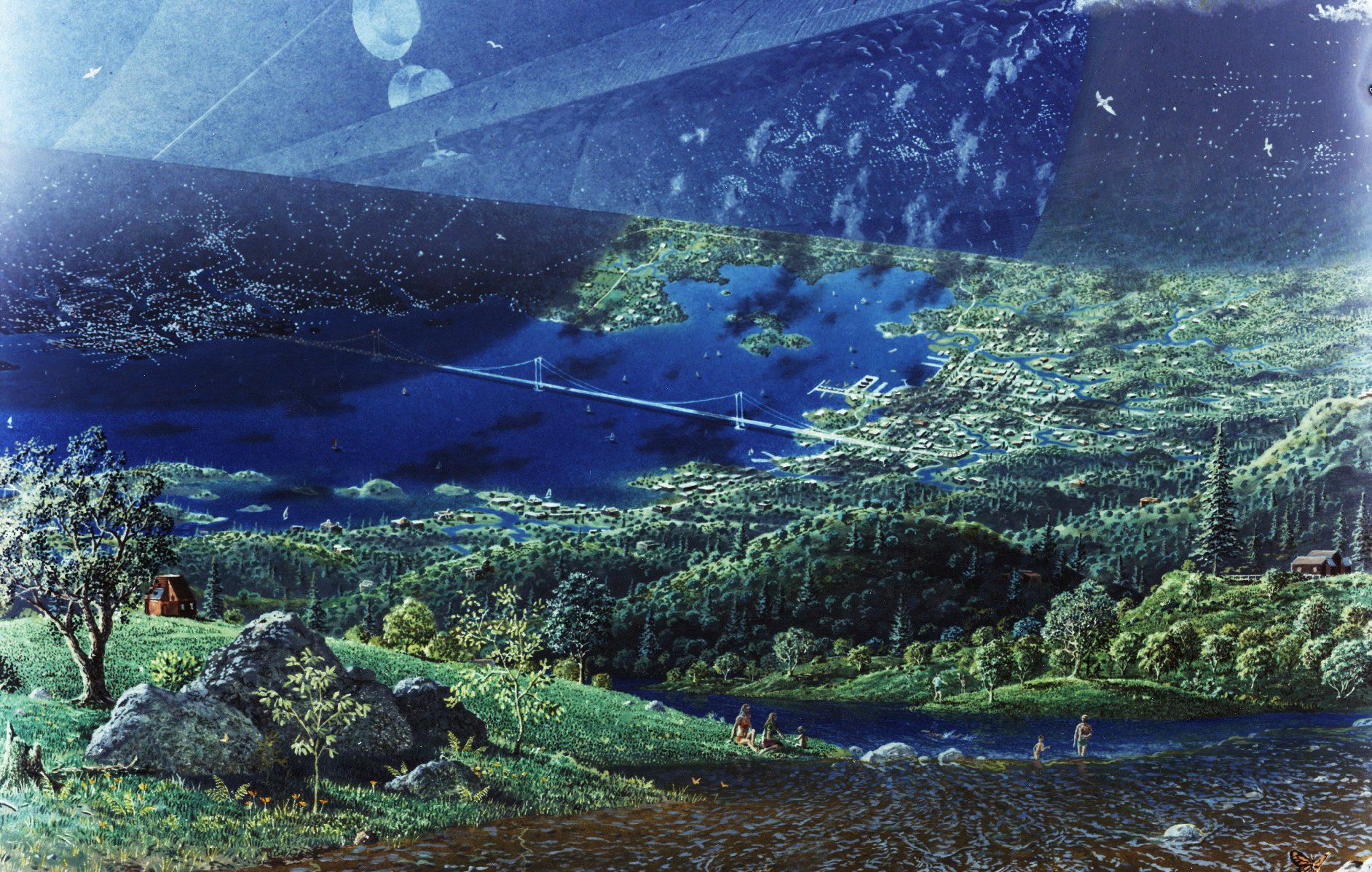
Meet the Judges
Ariel Ekblaw
CEO, Aurelia Institute
Dr. Ariel Ekblaw is the founder and CEO of Aurelia Institute, where she strives to bring humanity’s space exploration future to life. Through architecture R&D, education & outreach, and policy thought leadership, she is building a remarkable team to expand humanity’s horizons and scale life in space.
Thomas Heatherwick
Founder & Principal, Heatherwick Studio
Thomas Heatherwick is one of the world’s most inventive and celebrated designers, whose work is characterized by its originality, diversity and humanity. His studio comprises 10 partners and 250 people dedicated to making the physical world that surrounds us more joyful and engaging.
Bjarke Ingels
Founder, BIG
Bjarke Ingels’ work is driven by the belief that architecture can be a tool for turning fiction into fact - merging pragmatic solutions with utopian possibilities. Since founding BIG in 2005, Ingels has led projects that redefine typologies and challenge conventional constraints.
Victor Glover
NASA Astronaut
Victor J. Glover was selected as a NASA astronaut in 2013 and is currently assigned as the pilot of NASA’s Artemis II mission to the moon. He has previously served as the pilot of NASA’s SpaceX Crew-1 mission to the International Space Station as part of Expedition 64.
Andrew Zuckerman
Visual Artist
Andrew Zuckerman is an artist, filmmaker, and creative director whose work explores how perception shapes our relationship to the natural world, and how the way we see the world shapes the way we build it. His projects, including Creature, Bird, Flower, Music, and Wisdom, have been published internationally and exhibited globally.
Olga Bannova
Director of the Space Architecture Graduate Program, University of Houston
Dr. Olga Bannova is a Research Professor and Director of the Sasakawa International Center for Space Architecture (SICSA) at the University of Houston, leading the world's only M.S. in Space Architecture program. Her research focuses on orbital and planetary habitat design.
